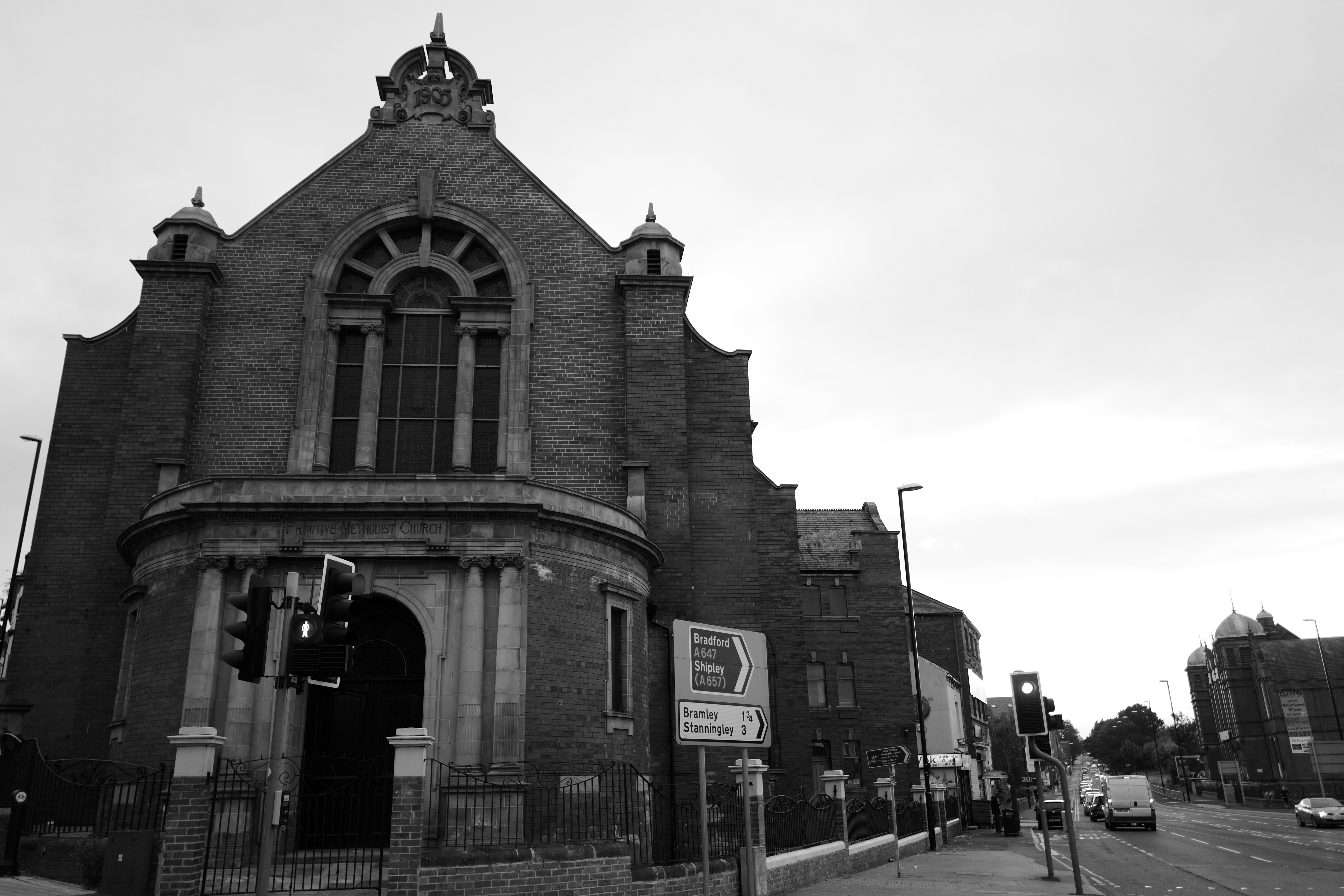Architect
As a young architecture student at Leeds School of Art, Charles B. Howdill garnered a series of glittering prizes, including a prestigious National Gold Medal for a post office design.
From 1889 he also served as an assistant architect to the Leeds School Board, during a period of rapid expansion when several new schools were constructed. In 1893, he joined the successful architectural practice of Thomas Howdill (1840–1918). The father-and-son team received dozens of Primitive Methodist commissions all over the country, including the iconic 1905 redbrick Branch Road PM Chapel in Armley that later became locally famed as ‘Mike’s Carpets’; and another in Kensal Green, London, which remains in use as a place of worship today.

Charles's most notable surviving secular building is the Beckworth Tannery on Viaduct Road, Leeds, which was recently converted into apartments.
In an authoritative book chapter on the Howdill practice, Colin Dews argues that Charles was ‘a more able and innovative architect’ than Thomas, perhaps influenced by the many Continental buildings he saw and photographed on his European travels. But after 1910 Primitive Methodist congregations began to decline, and there were no new chapel commissions for the Howdills. In later life, Charles used his architectural expertise to teach building-related subjects at Huddersfield Technical College and other vocational institutions in the West Riding of Yorkshire.

